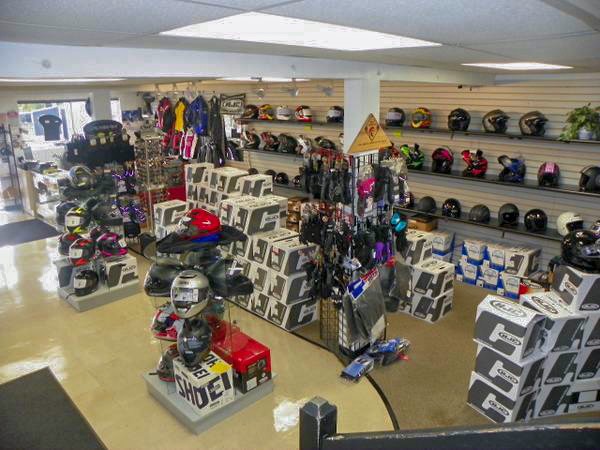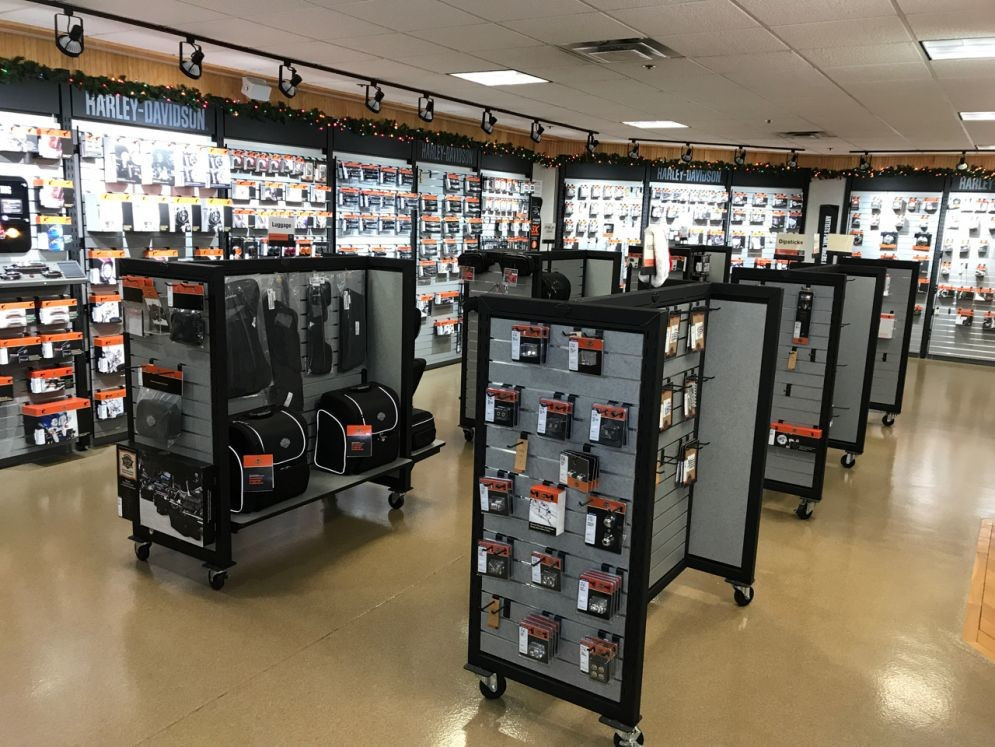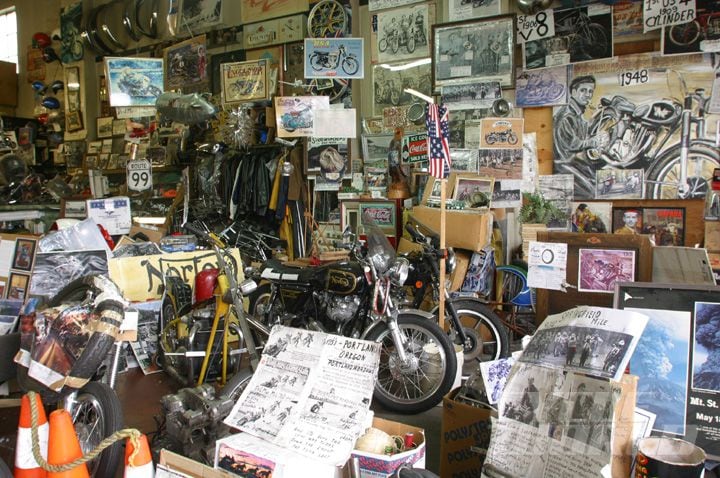Find Competitive Rates on Motocross Parts NZ for Every Bike
Find Competitive Rates on Motocross Parts NZ for Every Bike
Blog Article
A Detailed Take A Look At Bike Components: What Every Motorcyclist Ought To Know
A detailed understanding of motorbike components is not merely helpful yet important for any type of rider intending to make the most of performance and security. Each part, from the engine's detailed workings to the integrity of brake systems, plays a pivotal function in the general experience and capability of the bike.
Comprehending the Engine
The engine, usually concerned as the heart of a motorbike, is a complex assembly of components that operate in harmony to transform gas into movement. At its core, the engine's primary feature involves the combustion process, where air and fuel mix and ignite within the cylinders, causing controlled surges that drive the pistons. These pistons go up and down, transforming chemical power right into mechanical power, which ultimately turns the crankshaft, eventually powering the bike.

Comprehending the intricacies of a bike engine is vital for riders and fanatics alike. It not only provides insight into just how motorbikes attain their outstanding power and speed however also help in effective upkeep and troubleshooting, making sure durability and reliability on the road.
Suspension Systems
While the engine powers the motorbike, the shock absorber plays a vital role in making sure a smooth and controlled adventure. The suspension system is in charge of taking in shocks from the roadway surface area, maintaining tire call, and offering security throughout cornering and braking. It consists of two major elements: the front forks and the back shock absorbers.
Front forks are normally telescopic, wetting and including a springtime device. The spring extends and presses to take in bumps, while the moistening system regulates the activity to protect against too much bouncing. This combination makes sure the front wheel stays touching the roadway, supplying superior handling and convenience.
The rear suspension, typically a monoshock or twin-shock configuration, works likewise to the front suspension however is customized to support the bike's weight and motorcyclist - motorcycle parts nz. It takes care of rear wheel activity, contributing to the bike's total equilibrium and responsiveness
Suspension systems can be flexible, allowing cyclists to tweak preload, compression, and rebound settings according to individual preferences and riding conditions. This adjustability boosts performance by maximizing the bike's communication with varied terrains. In recap, an efficient suspension system is critical for cyclist comfort, safety, and the motorbike's dealing with prowess.
Brake Elements
Quiting power is an essential element of bike safety, and it depends upon the performance of the brake components. The primary aspects of a bike's braking system consist of the brake pads, calipers, rotors, and master cylinder. moto parts nz. Each of these components plays a crucial duty in making sure reliable braking performance
Brake pads are necessary as they create the necessary friction versus the blades to decrease or stop the motorcycle. Constructed from products such as sintered metal or organic compounds, the option of brake pad material substantially influences performance and longevity. Calipers, real estate the brake pads, apply stress to the pads when the brake lever is engaged, assisting in contact with the blades.
The rotors, typically made from stainless-steel or actors iron, are placed to the wheels and work as the surface area versus which the brake pads find out this here press. Their design, consisting of diameter and thickness, affects warm dissipation and stopping power. The master cyndrical tube, connected to the brake bar, creates hydraulic pressure transmitted through brake lines to the calipers, making sure constant stopping pressure.
Routine maintenance and examination of these elements are essential for ideal performance, preventing wear and making sure rider security when driving.
Tire Basics
Beyond preserving robust stopping systems, guaranteeing ideal tire efficiency is just as substantial for motorcycle safety and efficiency. Tires are the single aftermarket bike parts contact point between the motorbike and the roadway, making their condition pivotal in managing, security, and overall ride high quality. Choosing the suitable tire kind is crucial, as it directly affects grip and efficiency. Options range from visiting to sport tires, each made to accommodate specific riding conditions and designs.

In addition, consider the tire's age. Rubber compounds break down over time, also if walk shows up appropriate. Inspect the sidewall for the DOT (Division of Transportation) code to establish the tire's age. Usually, substitute is advised every five years, no matter of wear. Spending focus in these tire essentials not just maximizes performance but likewise significantly boosts riding safety.
Electrical Equipments
In the realm of bike maintenance, the electric system plays a crucial duty in ensuring reputable performance and cyclist safety and security. This intricate network incorporates crucial components such as the battery, alternator, starter motor, and circuitry harness. Each aspect is essential for the seamless operation of the bike, from ignition to lighting and interaction with numerous sensors.
The battery acts as the heart of the electric system, supplying the required power to start the engine and run accessories. Frequently inspecting the battery's voltage and terminals for deterioration is critical to avoid unforeseen failings. The generator, on the various other hand, recharges the battery while the engine is running, making sure a continual power supply.
The starter motor is liable for launching engine procedure, converting electric my sources energy right into mechanical power. To preserve it, motorcyclists must focus on any unusual noises or problems throughout start-up. At the same time, the wiring harness offers as the automobile's nerve system, linking all electric parts. Making sure that the cables are intact and free from damages is important for avoiding short circuits and guaranteeing performance.
Conclusion

Quiting power is an essential element of motorbike security, and it hinges on the efficiency of the brake elements. The key components of a bike's braking system include the brake pads, calipers, blades, and master cylinder.Brake pads are important as they create the essential friction versus the rotors to reduce down or stop the motorcycle.Beyond keeping durable braking systems, ensuring ideal tire efficiency is just as considerable for motorcycle safety and security and effectiveness.In the realm of motorcycle maintenance, the electric system plays a crucial duty in making certain trustworthy efficiency and rider safety and security.
Report this page